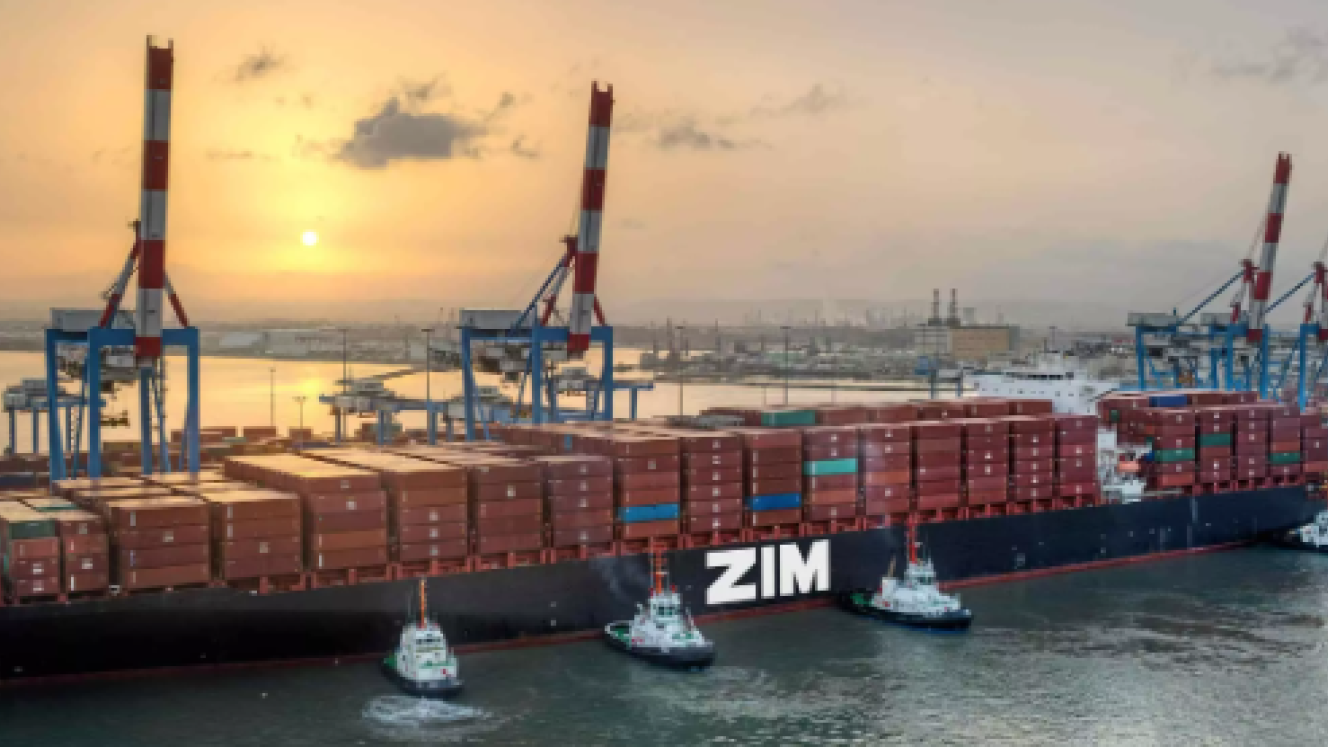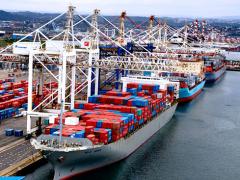Global schedule reliability continued to stay within 50 to 55% in June, Sea-Intelligence (SI) reports.
In the maritime trade consultancy’s latest Global Liner Performance report, with schedule reliability figures up to and including June, schedule reliability dropped by -1.2 percentage points month-on-month (m-o-m) to 54.4% overall.
This is in line with the trends seen so far this year, where global schedule reliability has largely been between 50 to 55%, SI says.
On a year-on-year (y-o-y) level, however, schedule reliability in June was -9.8 percentage points lower.
The average delay for late vessel arrivals also deteriorated, increasing by 0.04 days m-o-m to 5.19 days.
This is the third-highest figure for the month, only surpassed by the pandemic highs of 2021/2022. On a y-o-y level, the June figure was 0.82 days higher.
Hapag-Lloyd was the most reliable top-13 carrier in June with schedule reliability of 55.4%.
There were another nine carriers above the 50% mark, with the remaining three carriers in the 40 to 50% range.
ZIM was the least reliable carrier with schedule reliability of 44.4%.
Of the top-13 carriers, seven recorded a m-o-m improvement in schedule reliability, with Yang Ming showing the highest improvement of 6.1%.
ZIM recorded the largest m-o-m decline of -3.3 percentage points.
On a y-o-y level, only HMM and Yang Ming recorded an increase in schedule reliability, while MSC recorded the largest y-o-y decline of -18.5%.













